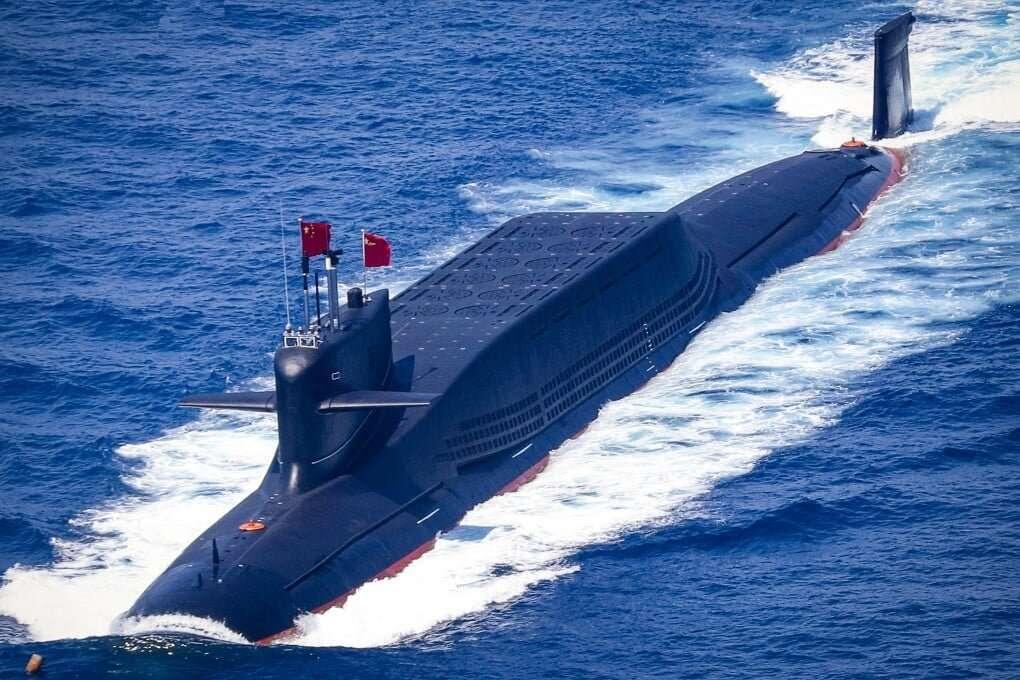
This radar uses high-energy microwave synthesis technology to emit continuous electromagnetic waves at nearly the speed of light, enabling the detection of submarines deep underwater.⬇️
-
The extremely low-frequency (ELF) electromagnetic waves, capable of penetrating seawater, enable the detection of submarines hidden hundreds of meters below the surface. According to the research team led by Li Daojing at the National Key Laboratory of Microwave Imaging of the Chinese Academy of Sciences, this breakthrough is a "disruptive technology"
-
The scientists explained that when exposed to signals with frequencies as low as 100Hz, the radar cross-section (RCS) of a nuclear submarine in seawater can reach up to 88 square meters (947 square feet). This makes it possible to detect underwater targets using "common magnetic detectors," as Li and his colleagues noted in their study. By installing these compact detectors on drones, they suggest that "gradient detection of targets across the entire field can be achieved.”
-
ELF signals, with wavelengths longer than 100 meters (328 feet), typically require large distances between antenna units. Traditionally, generating low-frequency signals needed massive antennas, like the ELF facility in central China, which has antennas over 100 km (62 miles) long.
-
In contrast, Li's team has reduced the length of the emitting array to just about 100 meters (328 feet), making it possible to easily install these antennas on Chinese naval ships. The high-frequency, high-power electromagnetic waves emitted by these antennas converge in the sky to create a virtual radio-emitting source. As one source dissipates, another is instantly generated, ensuring a continuous flow of low-frequency signals.
-
The team explained that they use an array structure to approximate high-speed motion Doppler signals in space step by step, making near-light-speed motion possible. Subsequently, the signal frequency can be significantly reduced, and the signal pulse width can be broadened.
-
This technology also has potential applications for communication between surface ships and submarines, with an effective range of up to 3,700 miles (6,000 km), according to the scientists' calculations.
-
Ground-based technical verification has already been completed, and Li mentioned that the next step is to further shorten the length of the emitting array to about 30 meters for more flexible applications.
-
Source: Submarine detection at near-light-speed possible with China’s sci-fi-like radar - InterestingEngineering